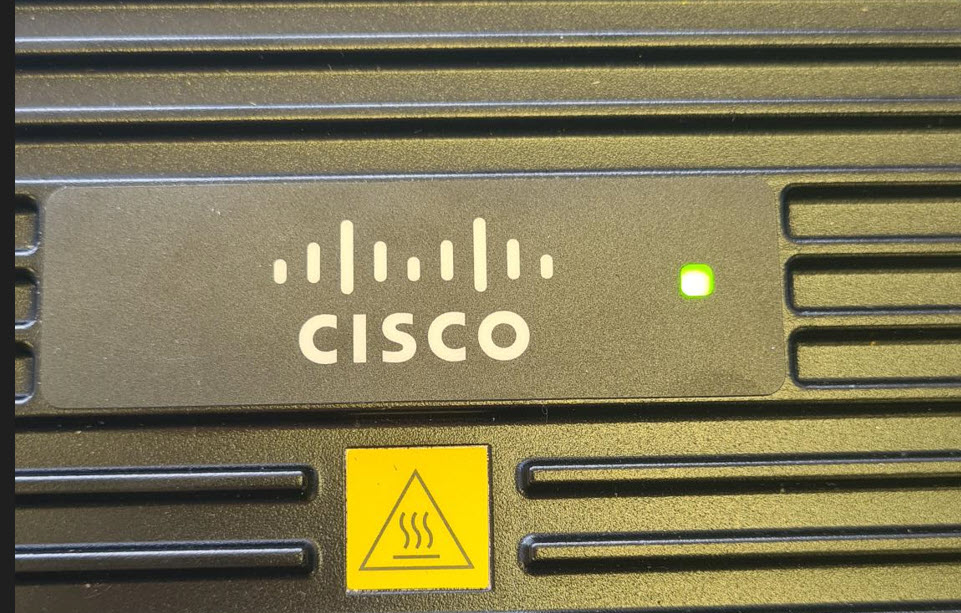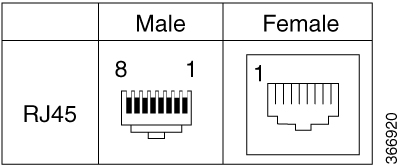Overview of Features
This chapter provides an overview of the features available in the Cisco Catalyst IR1800 Rugged Series Router (referred to as the IR1800 in the rest of this document).
The IR1800 is a next-generation modular industrial router based on Cisco IOS-XE, with advanced features such modular Wi-Fi, modular cellular WAN, Controller Area Network (CAN bus), solid-state drive (SSD), digital I/O, and GPS dead reckoning.
The IR1800 features a base platform with modularity that includes:
- Pluggable Interface Module (PIM) slot(s)
- Wi-fi Interface Module (WIM) slot
- SSD Module slot
- GPS Module slot
The IR1800 consists of four SKUs:
- IR1821
- IR1831
- IR1833
- IR1835
The following table shows the differences among the features of these SKUs.
|
Feature |
IR1821 |
IR1831 |
IR1833 |
IR1835 |
|---|---|---|---|---|
|
Processor Frequency |
600 MHz |
600 MHz |
600 MHz |
1200 MHz |
|
DDR Memory |
4GB |
4GB |
4GB |
8GB |
|
Flash Storage |
4GB |
4GB |
4GB |
8GB |
|
PIM Slot |
1 |
2 |
2 |
2 |
|
Wi-Fi Pluggable Module Slot |
1 |
1 |
1 |
1 |
|
PoE |
No |
No |
Yes |
Yes |
|
SSD Module Slot |
No |
No |
Yes |
Yes |
|
GPS FRU Module Slot |
No |
No |
Yes |
Yes |
|
Digital I/O |
No |
No |
No |
Yes |
|
Asynchronous Serial Interface |
(1) RS232 DTE |
(1) RS232 DTE (1) RS232 DCE |
(1) RS232 DTE (1) RS232 DCE |
(1) RS232 DTE (1) RS232 DCE/RS485 |












 Feedback
Feedback